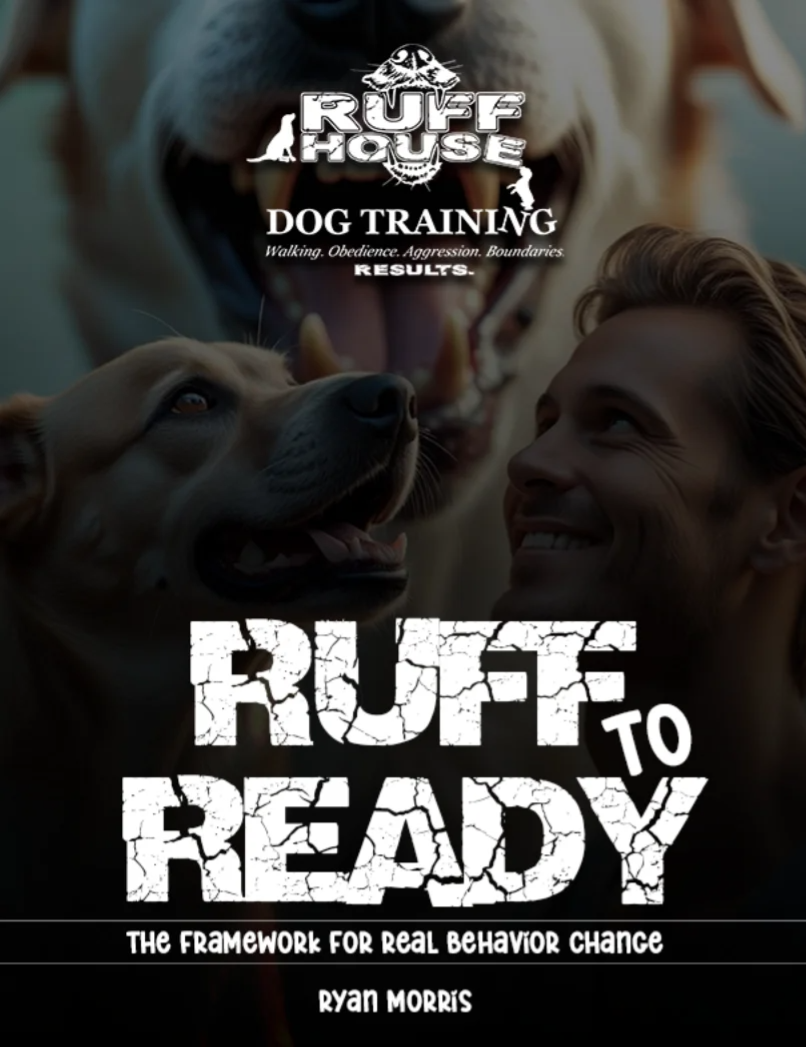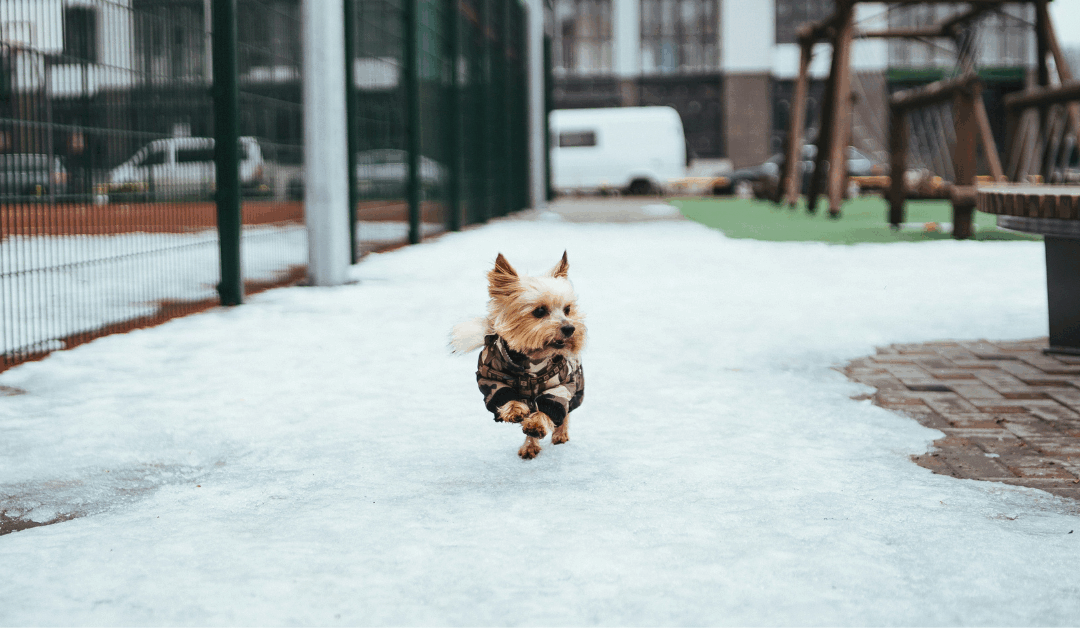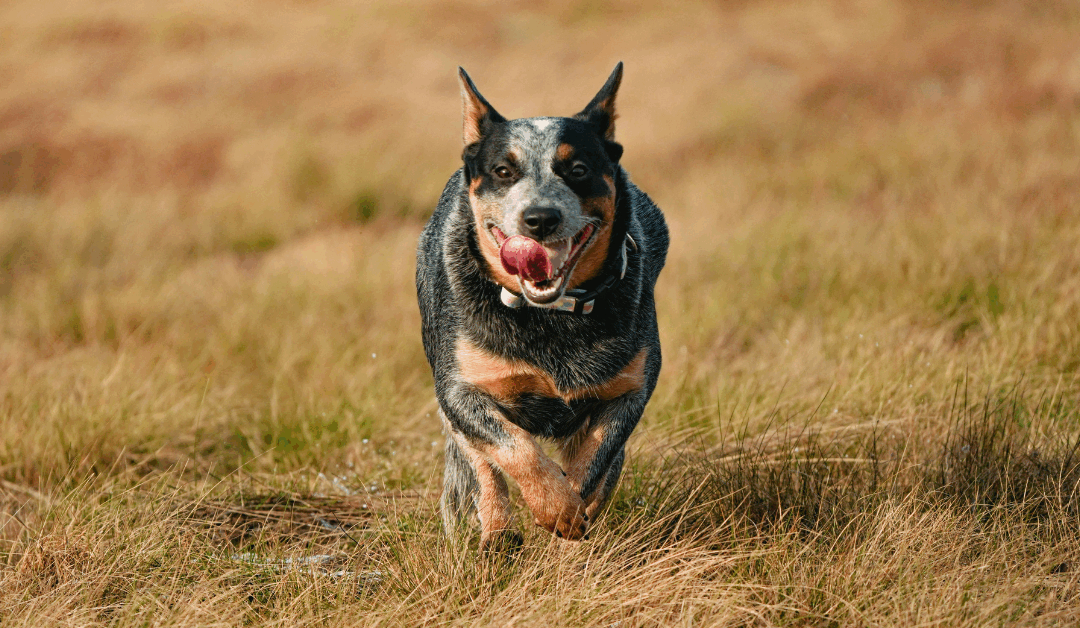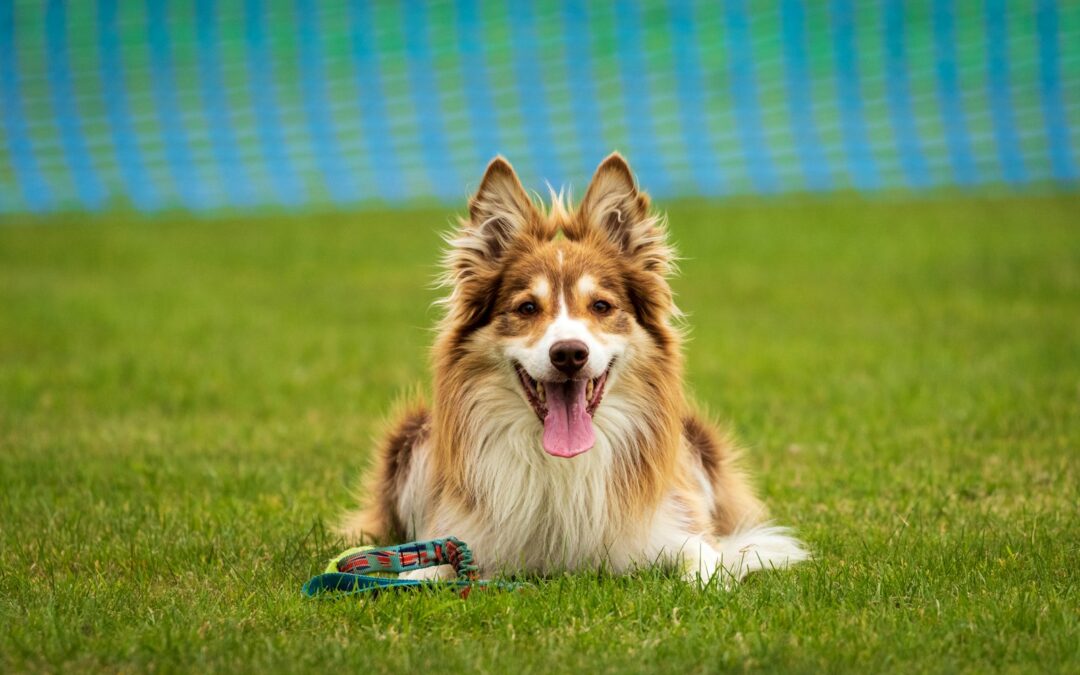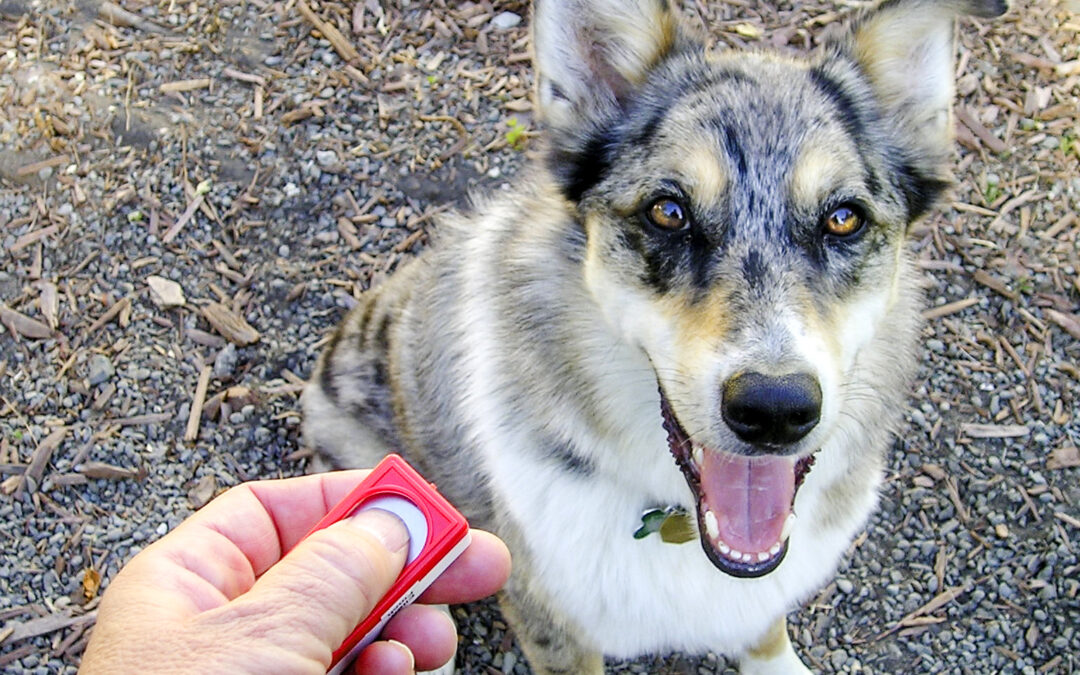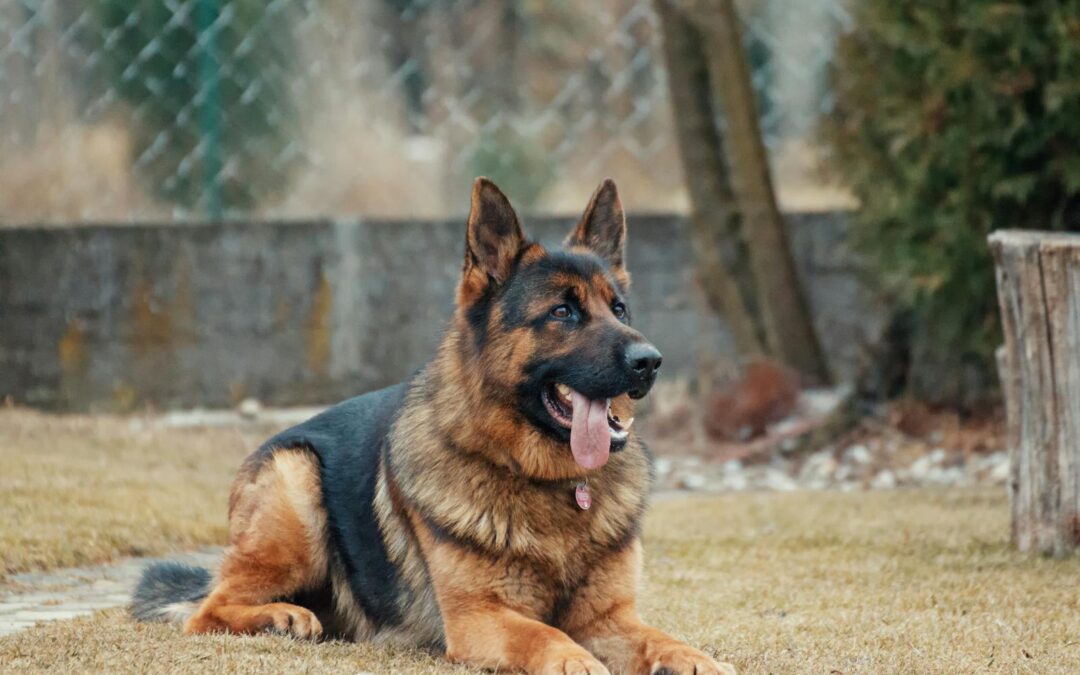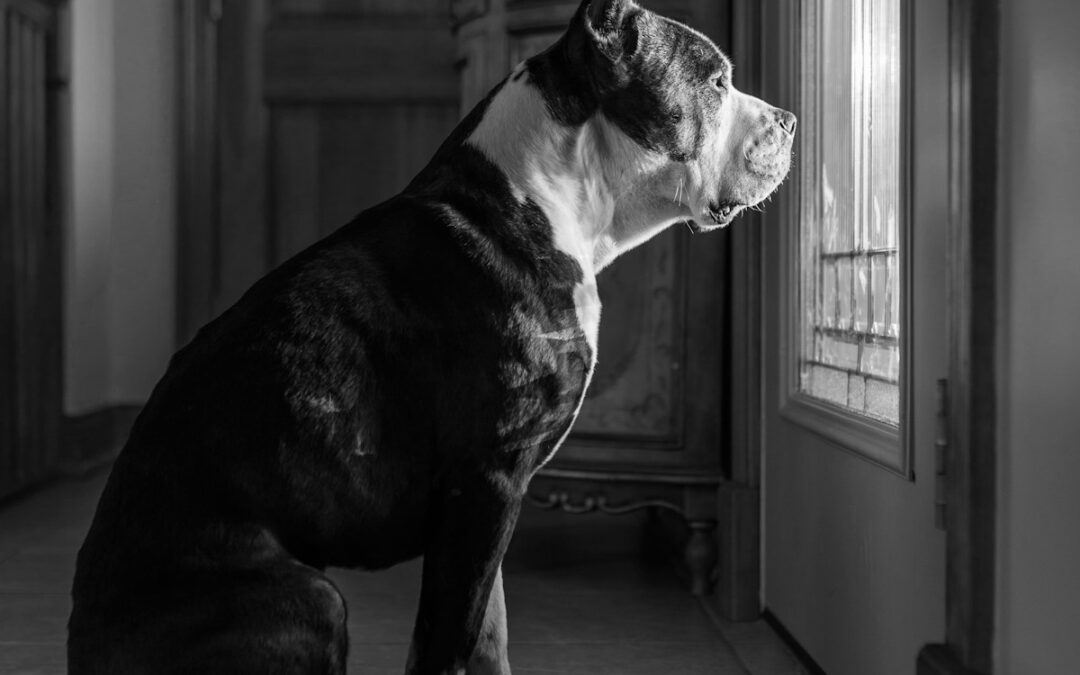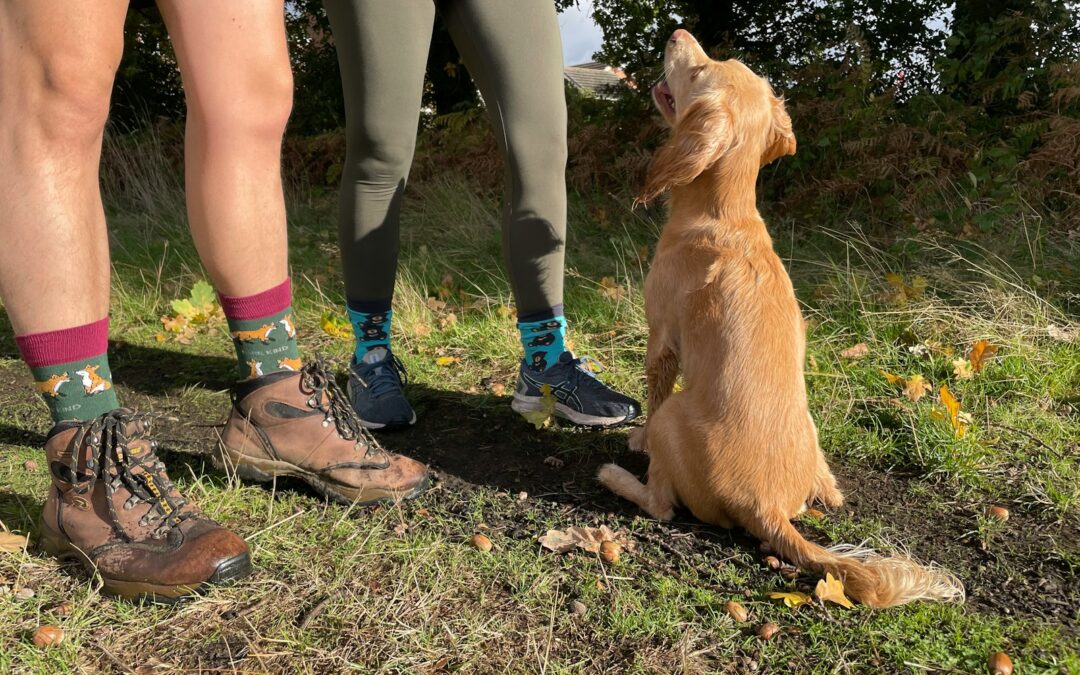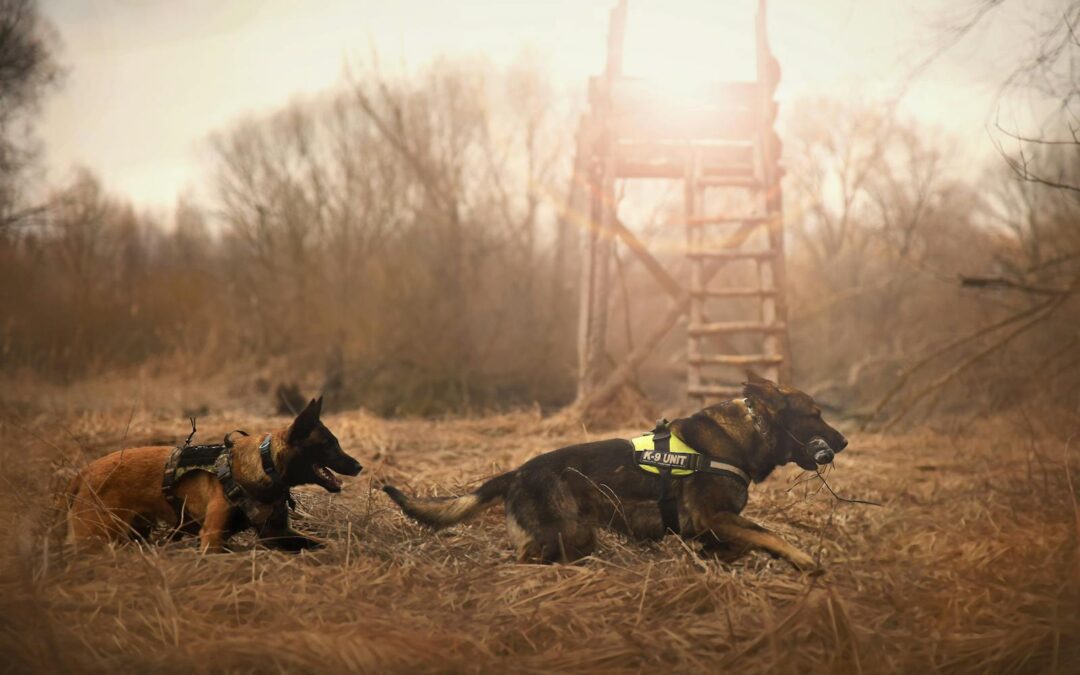If I had a dollar for every time someone told me they “felt bad” putting their dog in a crate, I’d probably buy another crate. The truth is, crate training isn’t punishment, nor should it be used as such—it’s about giving your dog structure, comfort, and security in a world that can feel overwhelming.
Proper dog crate training serves as one of the most effective foundations for behavior, especially for busy families in Northern Virginia, first-time puppy owners, and dogs struggling with separation anxiety. Dogs naturally seek out den-like spaces when they feel stressed or tired. A properly introduced crate becomes that safe haven where your furry friend can decompress.

Unlock Real Behavior Change – Download Your Free Guide Now
"*" indicates required fields
The process isn’t complicated, but it does require patience and consistency. Many dog owners get caught up in online “rules” and rigid timelines, forgetting that every dog is unique. What actually works in the real world often differs from what you’ll find in generic training guides.
Ready to turn chaos into calm? Let’s break down what the crate training process really looks like and explore practical techniques that work for dogs of all ages.

Photo by Impact Dog Crates on Pexels
Choosing the Right Impact Crate for Your Dog’s Training
Picking the right crate for your dog is one of the most important steps in initiating successful crate training. The crate should be appropriately sized, durable, and safe to foster a positive experience for your dog. An ideal crate will allow your dog enough room to stand up, turn around, and lie down comfortably without providing excessive space, as too much room can encourage accidents.
When it comes to durability, safety, and quality, Impact Crates stand out as a top choice. These heavy-duty crates are designed to last, offering exceptional sturdiness for even the most determined escape artists. Impact Crates are also made with high-quality, rust-resistant aluminum, ensuring your dog’s crate remains in pristine condition over time.
Impact Crates come in a range of styles to suit your specific needs:
- Stationary Crate – Perfect for everyday use at home, offering a secure and stable enclosure with excellent ventilation for your dog. Learn more here.
- Collapsible Crate – A portable option for those on the go, this crate is easy to transport and set up, making it ideal for travel. Explore collapsible crates here.
- High Anxiety Crate – Engineered for dogs who experience extreme anxiety, this crate provides unmatched security and peace of mind. View high-anxiety crates here.
By investing in an Impact Crate, you’re setting your dog up for success with a safe, comfortable, and dependable space they can call their own.
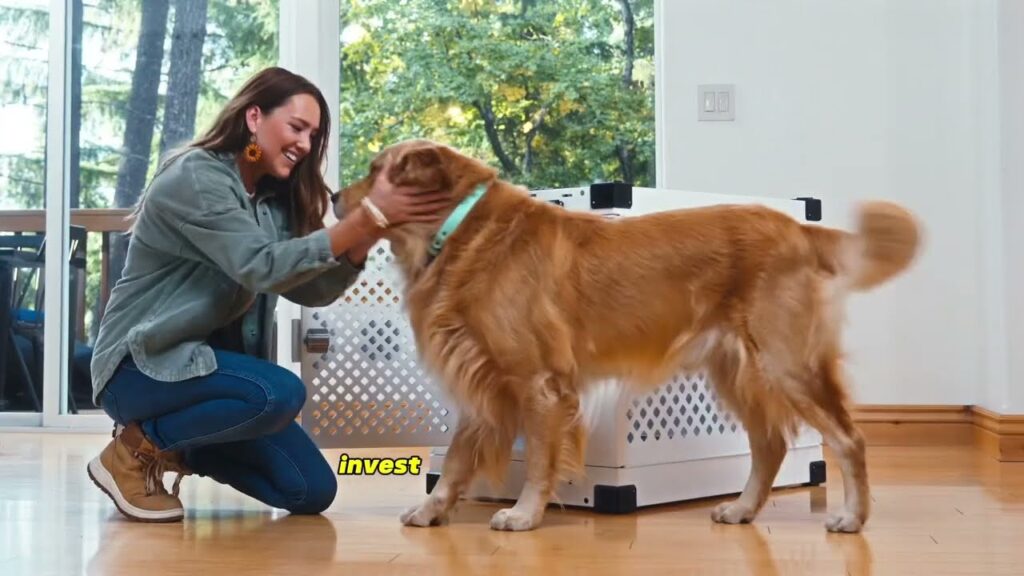
Why Crate Training Matters (And How It Actually Helps Your Dog)
A crate isn’t a “dog jail”—it’s a safe space where your dog can retreat when the world becomes too stimulating. Think of it as your dog’s bedroom, complete with comfort and security.
Benefits for Adult Dogs and Puppies:
- Potty training foundation: Dogs naturally avoid soiling their sleeping area, making house training more predictable
- Reduced destructive behavior: No more coming home to chewed furniture or scattered garbage
- Anxiety relief: Creates a den-like environment that helps nervous dogs self-soothe
- Safety during unsupervised time: Protects both your dog and your belongings when you’re away
- Better sleep quality: Many dogs actually sleep more soundly in their designated space
Dogs thrive on structure and routine—something most humans can relate to after one week without coffee. When your dog knows where they belong and what’s expected, stress levels drop for everyone in the household.
The key lies in creating positive associations from day one. Your dog should view their crate as a VIP lounge with snacks, not a timeout corner.
The Crate Training Process: Step-by-Step
Choose the Right Crate
Size matters when selecting a dog crate. Your dog needs enough room to stand, turn around, and lie down comfortably—but not so much space they could host a dinner party.
Crate Types to Consider:
- Wire crates: Excellent ventilation and visibility, often collapsible for travel
- Plastic flight kennels: More den-like feel, preferred by anxious dogs
- Soft-sided options: Lightweight for occasional use, but not suitable for destructive chewers
For growing puppies, consider an adjustable crate with dividers and use the training procedures outlines in this blog. This allows you to expand the space as they grow without purchasing multiple crates.
Create Positive Associations
Start building trust before ever closing the crate door. Place small food treats, favorite toys, and a soft blanket inside to make the space inviting.
Leave the crate door open and let your dog explore at their own pace. Some dogs dive right in, while others need several days to show interest. Patience during this phase sets the foundation for everything that follows.
You’re basically convincing your dog that the crate is a VIP lounge with snacks. Make it the most appealing spot in your home.
Practice Successive Feeding
Move your dog’s food dish gradually deeper into the crate with each meal. Start just outside the entrance, then move it to the doorway, then halfway back, and finally to the rear wall.
This technique creates powerful positive feelings about entering the crate. Your dog begins associating the space with something they already love—mealtime.
Keep arrivals and departures calm and matter-of-fact. No big emotional moments or movie farewell scenes. Boring is better when it comes to crate training.
Close the Door—Briefly and Confidently
Once your dog enters the crate willingly for meals, start closing the door for short periods while you stay nearby. Begin with just a few minutes.
If your dog can sit quietly with the door closed, you’re halfway to crate success. Gradually increase duration as your dog briefly remains calm and relaxed.
Never release your dog from the crate while your dog whines or starts scratching. Wait for a moment of quiet before opening the door. Otherwise, you’ve just trained them to become the world’s tiniest alarm system.
Extend Crating Time Gradually
Add structure to your routine by crating your dog during calm times, not just when leaving the house. This prevents the crate from becoming associated solely with your departure.
Practice crate games during the day—hide treats inside, feed special chews only in the crate, or use puzzle toys that require focused attention. These activities strengthen your dog’s comfort level and create positive mental associations.
Understanding Common Crate and Dog Training Guidelines
The 2-1 Rule for Crate Training
This guideline suggests that for every 2 hours in the crate, your dog should have at least 1 hour of free time and exercise. While helpful as a starting point, adjust based on your dog’s age, energy level, and training progress.
Puppies under six months need more frequent breaks, while adult dogs who are crate trained can often handle longer periods comfortably.
The 7-7-7 Rule for Dogs
This concept applies to newly adopted dogs: 7 days to decompress, 7 weeks to learn your routine, and 7 months to feel fully at home. Don’t rush the bonding process—structure plus patience equals lasting success.
For crate training specifically, this timeline reminds us that building genuine comfort takes time. Some dogs adapt within days, while others need weeks to fully embrace their new safe space.
Nighttime Crating
Many pet owners wonder if it’s okay to crate their dog every night. The answer is yes—when done correctly and not used as punishment.
Dogs often sleep more soundly in a cozy, secure environment. Think of it like your dog’s bedroom rather than solitary confinement. Most dogs actually prefer having a designated sleeping area once they’re properly crate trained.
Handling Crying During Crate Training
Balance is crucial when your dog cries in their crate. Don’t reward whining by immediately releasing them, but do reward calm, quiet behavior with praise and eventual freedom.
If crying persists, ensure your dog’s basic needs are met—recent potty break, comfortable temperature, and no medical issues. Sometimes dogs cry simply because they’re testing boundaries, not because they’re in distress.
Common Mistakes That Create Negative Associations
Even well-intentioned dog owners can inadvertently sabotage crate training success:
Forcing entry before readiness: Never shove your dog into the crate overnight. This creates fear and resistance that can take weeks to overcome.
Using the crate for punishment: The crate should never be associated with “being in trouble.” It’s a safe space, not a penalty box.
Leaving dogs too long without breaks: Every dog has limits. Exceeding them leads to accidents and negative associations.
Over-emotional departures and arrivals: Keep comings and goings low-key to prevent separation anxiety.
Skipping the foundation work: Crate training isn’t magical—it’s a process that requires consistent effort and patience.
Remember, crate training won’t solve every behavioral issue overnight. It’s one tool in a comprehensive approach to creating structure and calm in your home.

Building Long-Term Success
Consistency remains the cornerstone of effective crate training. Like any worthwhile skill, success comes from regular practice and patience rather than quick fixes.
Many Northern Virginia families discover that crate training transforms not just their dog’s behavior, but their entire household dynamic. Dogs gain confidence from having clear boundaries and expectations, while owners regain peace of mind knowing their pet is safe and comfortable.
The process works for dogs of all ages and backgrounds. Whether you’re working with a new puppy, an adult rescue, or an older dog learning new routines, the fundamental principles remain the same: patience, positive associations, and gradual progression.
Helpful Resources for Dog Crate Training and Related
- American Kennel Club – Crate Training Tips
The AKC offers comprehensive guidance on crate training, including step-by-step procedures to make the process stress-free for you and your dog. - ASPCA – Crate Training Overview
Learn about the benefits of crate training, how to choose the right crate, and troubleshooting tips from the ASPCA. - Humane Society – Guide to Crate Training
The Humane Society provides a step-by-step guide with FAQs to help new pet owners understand and implement successful crate training techniques. - PetMD – Choosing the Right Crate Size
Discover how to select the ideal crate size for your dog to ensure comfort and safety during training. - Impact Dog Crates – Durable and Reliable Dog Crates
Explore high-quality crates designed for different needs, including collapsible options for travel and high-anxiety crates for extra security.
Shop Impact Dog Crates
From Chaos to Calm: Your Next Steps
Crate training isn’t about control—it’s about trust. When your dog views their crate as a safe haven rather than a prison, you’ve achieved something remarkable: a foundation for lifelong behavioral success.
Every dog can learn these skills, regardless of their past experiences or current age. The key lies in approaching the process with realistic expectations and consistent effort.
If you’re ready to build structure, confidence, and calm in your Northern Virginia home, professional guidance can accelerate your success. At Ruff House Dog Training, we’ve helped over 400 families transform stressful situations into harmonious relationships through practical, results-focused techniques.
Ready to get started? Our 90-Minute Miracle session provides immediate, actionable tools to jump-start your dog’s crate training journey. Because your dog won’t train themselves—and you shouldn’t have to figure it out alone.

